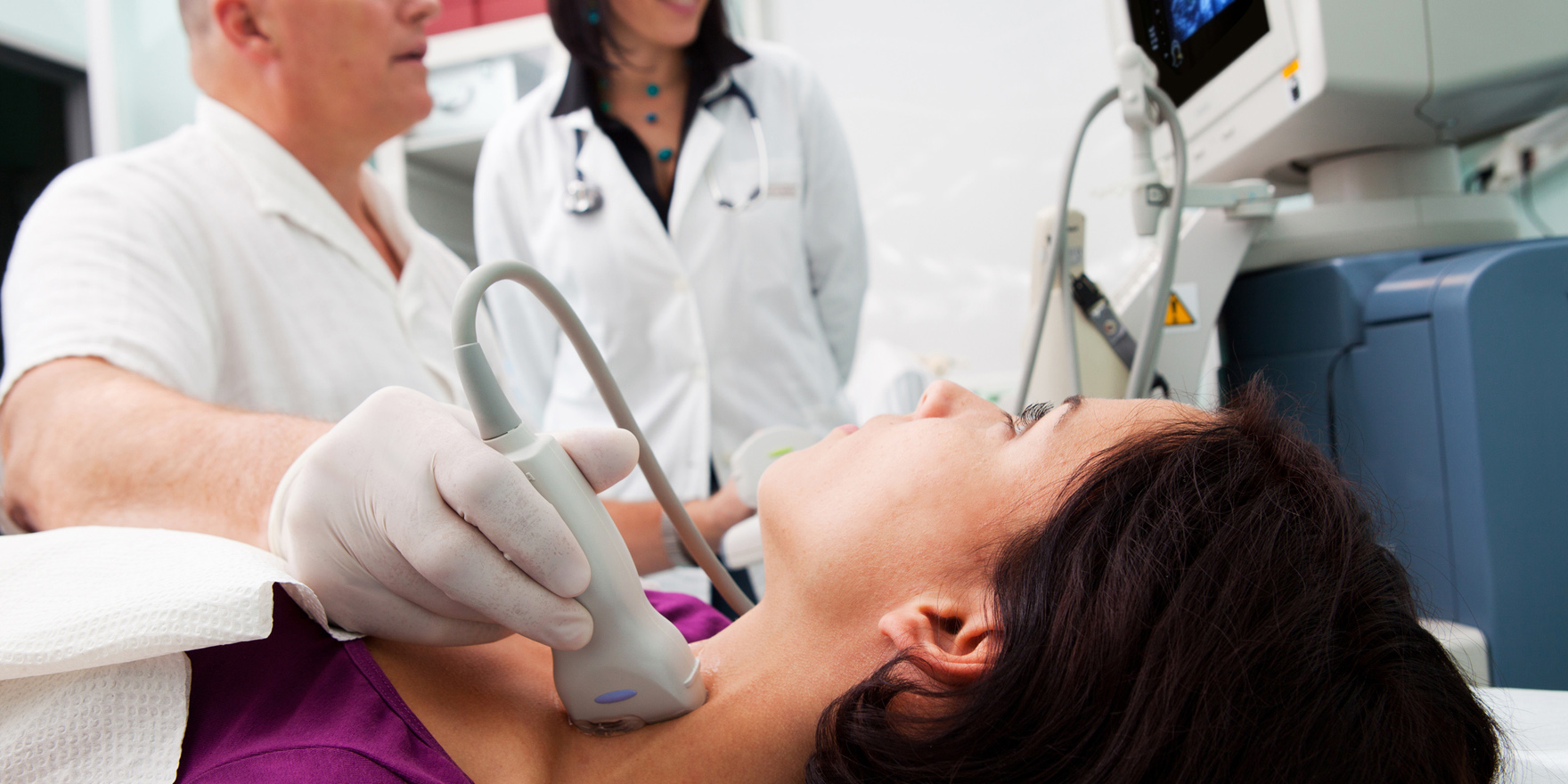New thyroid guidelines have been published in an attempt to curb over-testing
New thyroid guidelines have been published in an attempt to curb over-testing, stressing the need for active-case finding, rather than screening opportunistically or general population screening.
The Royal College of Pathologists of Australasia made its recommendation based on a US evaluation which concluded that screening for thyroid disease in asymptomatic adults did not improve quality of life nor produce clinically meaningful improvements in BMI, blood pressure, bone mineral density or lipid levels.
But thyroid tests were one of the most commonly done tests on patients, with one in five Australians having a thyroid test every year, RCPA president Dr Michael Harrison said.
“Of those five million thyroid tests that are done each year, a fair number are done on people who are on thyroid-replacement hormones,” he said. “But then the others are mostly requested by GPs who are looking for people who have thyroid disease.”
While thyroid disease is one of the most common endocrine conditions facing the population, Dr Harrison said it was a balancing act to determine what was appropriate and what was over-testing. “That’s the conundrum,” he said. “Everybody in the health system is now very aware of waste and doing things that cause unnecessarily expenditure, but on the other hand you can’t leave people with significant condition like this, which has quite a significant morbidity, undiagnosed.
“A little over one in 20 Australians have an underactive thyroid, and a smaller number have an overactive thyroid,” Dr Harrison said. “But as many as one in seven Australians have thyroid antibodies.”
Dr Harrison said the majority of tests done in Australia were most likely performed for people who were high risk, but improvements could be made.
The college did recommend doctors actively case find based on some markers of high risk, including hypercholesterolaemia, mild anaemia, hyponatraemia, increased serum CK, muscle weakness, osteoporosis and recent onset arrhythmia.
The guidelines also outlined sub-groups that were at high-risk of a thyroid disorder such as: older patients, those with a personal or family history of thyroid disease, people in areas of iodine deficiency, people taking certain medications such as amiodarone, lithium treatment, previous neck irradiation, type 1 diabetes and other autoimmune diseases, Down syndrome or Turners syndrome.
While TSH was the first-line investigation for diagnosis, Dr Harrison and colleagues said patients with suspected or known pituitary disease could require an additional hormone assessment.
The pathologists came down firmly against reverse T3 testing too, saying the evidence did not support the investigation. Nevertheless, free T3 measurement was recommended for the assessment and treatment of patients with hyperthyroidism, and should be used to monitor patients on T3 therapy. Patients using levothyroxine did not need free T3 monitoring though.
“Patients undergoing therapy with anti-thyroid drugs should have monitoring with TSH, free T4 and free T3 in the initial period of anti-thyroid medication dose adjustment,” the guidelines recommend.
Those on thyroxine replacement therapy for hypothyroidism should have TSH monitoring six to eight weeks after dose adjustment to normalise their TSH.


